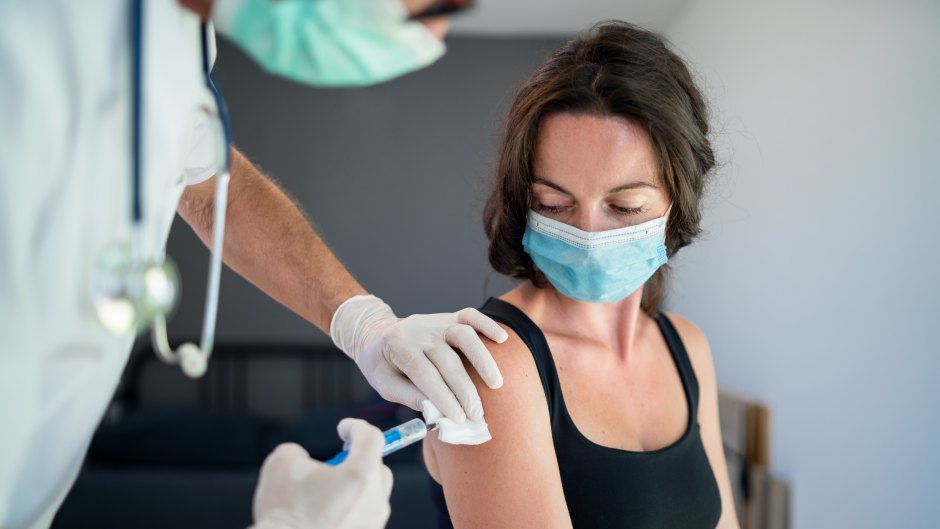
Getty Images
The New COVID Vaccine: 5 Important Facts About Staying Up to Date and Protected
Staying up to date on details about the new COVID-19 vaccine can help protect against acquiring the virus. Experts have five important tips about it, including when it the best time to receive the new vaccine, who needs to get one and what side effects patients may experience.
Not a Booster
As the folks at Johns Hopkins correctly point out, “Calling it an updated COVID vaccine reflects that we’re not just boosting existing immunity from previous vaccination; rather, the vaccine builds a new immune response to [COVID] variants that are currently circulating.”
One and Done
“Everyone age 5 and older needs one shot,” says Dr. Sandra Fryhofer, an immunization expert for the American Medical Association. “For those age 5 and older, a single dose of the updated vaccine is all you need to be up-to-date, regardless of previous vaccination status.
The Time Is Now
“I would say October is when you want to start thinking about getting it,” offers Dr. Scott Roberts, an infectious diseases specialist at Yale Medicine. Since he’s “anticipating that November, December and January will be the rough period,” the immunity offered by the vaccine will last through winter, when cases could peak.
Side Effects
According to the U.S. Food and Drug Administration, “Individuals who receive an updated mRNA COVID-19 vaccine may experience similar side effects as those reported by individuals who previously received mRNA COVID-19 vaccines. ” Among the more common symptoms that occur are pain or swelling at the injection site, headache, fatigue, muscle pain, chills, fever and nausea.
Three’s Company
Worried about getting the new COVID vaccine at the same time as a jab for respiratory syncytial virus (RSV) and your annual flu shot? Don’t be. “There hasn’t been any evidence that there is any risk of getting all three at the same time,” says Dr. Ali Alhassani, a physician at Boston Children’s Hospital. “By far the biggest benefit of getting all three together is convenience.”







































